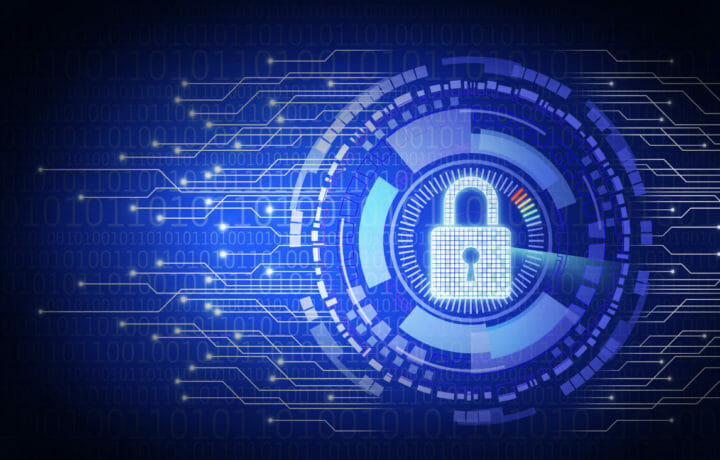Cybersecurity is everywhere. It can be as small as the annoying (but necessary!) multi-factor authentication when you log into an app on your phone, or as large as a dedicated national agency. It affects all of us in both our daily lives and on a national level.
Why is cybersecurity so important to national defense? Take our quiz to test what you know!
Threats to critical infrastructure
No one wants their private information compromised by malware or a phishing scheme, but that’s nothing compared to the threat cyberattacks can pose to our critical infrastructure.
Cybersecurity is no longer a concern just for IT departments. It has emerged as a critical domain that intersects with national security and affects our daily lives. Systems like our power grid, water management, transportation, and finances are at risk of being compromised or halted altogether with a cyberattack. Breaches can result in severe disruptions, financial losses, and can even compromise the nation’s defense capabilities.
Zero-day vulnerability
One of the concepts at the heart of the cybersecurity landscape is the concept of zero-day vulnerabilities. These are undiscovered flaws in software and hardware that malicious actors can exploit before developers have a chance to fix them.
The term “zero-day” refers to the fact that developers have “zero days” to patch the vulnerability once it’s exploited. Hackers can weaponize these vulnerabilities, launching devastating attacks that are difficult to anticipate and counter.
International cooperation
Cyberspace is borderless, which is why international cooperation is so important. The interconnectedness of digital networks means that cyber threats can easily cross geographical boundaries.
To effectively combat these threats, nations have to work together, despite political disagreements. The United States, as a global leader in technology and defense, plays a pivotal role in shaping the international cybersecurity landscape.




